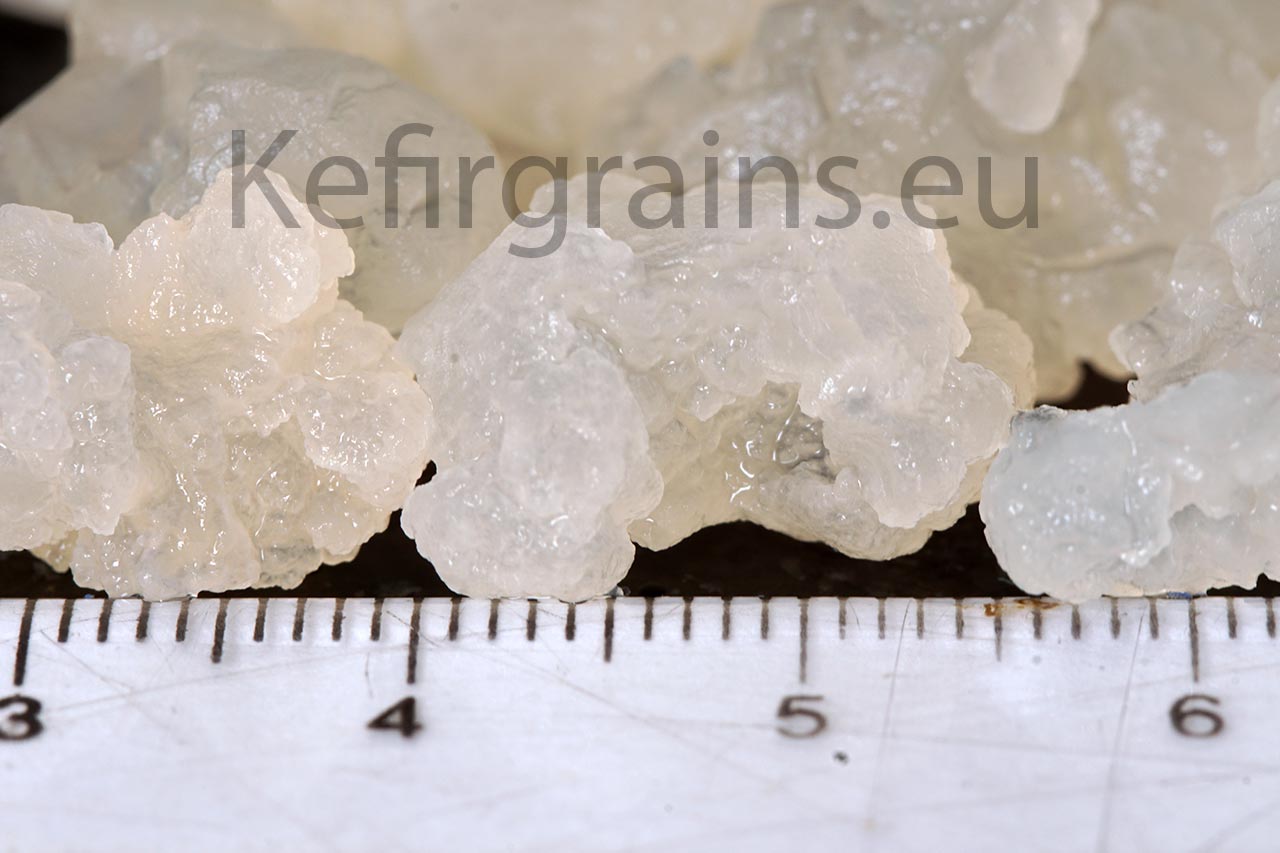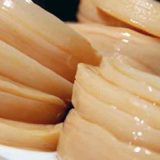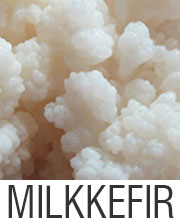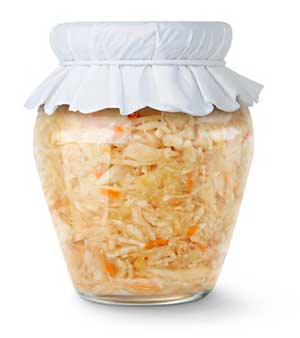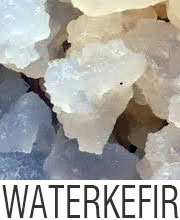About Kefirgrains.eu
Milk kefir, water kefir, and kombucha are refreshing wellness drinks that guarantee a healthy life. You can quickly produce these delicious drinks by yourself.
Milk kefir has a creamy consistency and a refreshing sour, occasionally slightly yeasty flavor depending on the fermentation. Many aromatic ingredients contribute to the distinctive scent and taste of milk kefir. The complex mixture of particular bacteria and yeasts living in symbiotic cohabitation makes up the kefir culture. Kefir cultures include a microflora, which gives kefir its characteristic white, spongy appearance. Water kefir is a fermented, carbonated drink made using kefir grains that consist of yeasts and lactic acid bacteria. It has more similarities with kombucha than with milk kefir.
How do I find the best grains for kefir?
Most people choose the most convenient strains of kefir grains since the standard and stable features of the grains are consistent across strains. After experimenting with different varieties, we have decided to use medium-sized kefir grains from Dom’s Kefir in Australia. These little kefir grains are like cauliflower, and filtering them is simple due to their small size.
Are kefir grains everlasting?
If you take care of your kefir grains, they will last a lifetime. However, they are not unkillable. If you don’t feed them regularly, they will perish. If you put antibacterial cream on them, they will die. They won’t survive if exposed to chlorine, soaps, or other chemicals. However, if you feed them regularly, keep them away from metals, and maintain their habitat clean, they will live a long time, proliferate, and flourish.
What distinguishes it from yogurt or curd?
The most frequent query we receive is this one. One kefir strain of the Lactobacillus family ferments curd or yogurt. It may include one to three different strain variations. Kefir fermentation, on the other hand, uses nearly sixty distinct kinds of yeast and bacteria.
Are all kefir grains similar?
No. The size of these grains varies, just as each strain has its own unique combination of bacteria and yeast. We can classify kefir grains into two types: flat-sheet and globular. Turkish grains frequently fall into the former category, whereas grains from other regions, including Russia, have a rounder shape.
Flat-sheet structures have smooth surfaces on one side and convoluted surfaces on the other. The smaller structures multiply until they reach a similar size as the larger ones. Filtering through a double mesh allows the larger ones to be visible, while the smaller ones are difficult to see or touch.
The globular one begins as a small ball-like structure and grows into relatively large grains. If kefir grains are not disturbed while filtering, they can grow to be as much as ten inches long. These grains require a wide-holed mesh to filter fermented milk.
How do you choose the best kefir grains?
Because the standard and stable properties of the grains are similar across strains, most people choose the grains that are most convenient. After trying half a dozen different grains, we settled on medium-large grains from Dom’s Kefir in Australia. They’ve also had decades of exposure to organic, hormone-free milk. We use fresh milk to feed our grains and provide fermented milk. So they’re happy, healthy, and ready to reproduce.
Should you drink Kefir daily?
Despite its numerous health benefits, Kefir is not addictive. You can stop drinking it whenever you want to. If you are drinking Kefir to relieve a health problem such as constipation or IBS, it means to continue to drink until your primary problem is resolved, and then stop drinking. I’ve been using Kefir for more than a decade, but I don’t drink it every day. I gulp down any excess. Plus, as a fermenter, I have the advantage of having 3-7 different types of kefirs, which I alternately drink.
Should you consume kefir throughout your life?
Kefir is not addictive, despite all of its wonderful health advantages. You are free to quit drinking it whenever you choose. If you’re drinking kefir to help with a health problem—such as constipation, diarrhea, etc.—you should keep drinking it until the issue at hand is resolved, at which point you can quit. Although I have been consuming kefir for a decade and a half, I don’t always consume it. I take any excess I can get my hands on. In addition, I benefit from having three to seven different varieties of kefir, so I alternate between drinking them.
In Summary
Kefir grains are small, white balls containing millions of microorganisms that convert milk into kefir. These kefir grains enable you to make a probiotic fermented drink that improves digestion and strengthens the immune system. The more kefir you make, the more grains you will have. The more kefir grains you have, the more you can share this healthy, tasty drink recipe!
You can get kefir grains from friends who have extras or purchase them from our online store.
